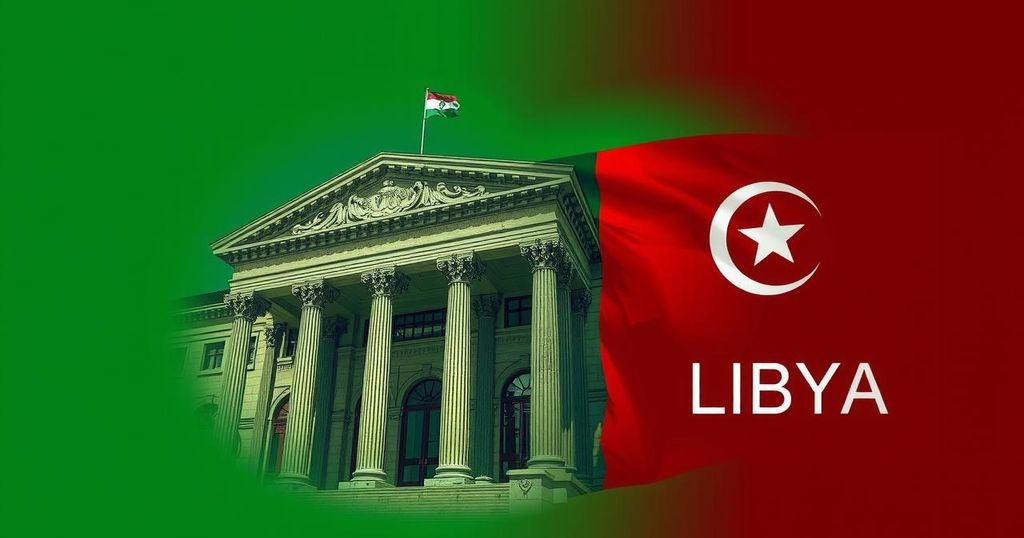Struggle for Central Bank Control Looms Over Libya’s Fragile Peace

Libya, grappling with a split between western and eastern governments, faces heightened tensions due to a struggle for control of the central bank, pivotal for managing the nation’s oil wealth. Recent actions by political factions, including an unsuccessful attempt to remove the bank’s head, threaten the already frail political balance established after the 2020 ceasefire.
Libya remains entrenched in a political quagmire following the 2011 overthrow of its long-time dictator during the Arab Spring. The nation has oscillated between tenuous peace and ongoing instability since the conclusion of a civil war in 2020. Presently, Libya is divided between two adversarial governments: one based in the western region and another in the east, each vying for dominance and control. This fragile equilibrium is now under threat as a power struggle arises over the central bank, the institution overseeing Libya’s substantial oil wealth, which serves as a critical asset in the ongoing political conflict. Recently, the Libyan presidential council attempted to dismiss the central bank governor, Sadik al-Kabir, via a decree. However, al-Kabir resisted this attempt, and legal experts deemed the decree ineffective. Nevertheless, the head of Libya’s western government supported the presidential council’s action, and the announcement was made to replace the central bank’s governing board. This article explores the current political dynamics in Libya, the status of its various factions, and the implications of the escalating confrontation concerning the central bank. Key players in Libya’s political landscape include the United Nations-recognized government led by Prime Minister Abdul Hamid Dbeiba, which governs western Libya. In contrast, the eastern region is controlled by General Khalifa Hifter, representing a separate prime minister and a parliamentary body. Post-civil war, a ceasefire was agreed upon following Hifter’s unsuccessful attempt to seize Tripoli, leading to an ad hoc political arrangement that divided oil revenues among powerful factions, effectively preventing immediate conflict, albeit at the cost of the general population’s welfare. Previous agreements brokered by the United Nations placed Dbeiba in leadership roles alongside a three-member presidential council representing Libya’s diverse regions; yet elections intended to unify the country never transpired, leaving the political situation stagnated.
The backdrop of this crisis traces back to the 2011 Arab Spring uprisings, which instigated the ousting of Muammar Gaddafi after four decades of authoritarian rule. Following Gaddafi’s fall, Libya fell into chaos marked by civil wars, regional divisions, and the establishment of competing governments. The civil war concluded in 2020 following a series of international negotiations, leading to a temporary power-sharing framework meant to stabilize the country. However, numerous challenges, including the struggle for control of significant institutions such as the central bank, continue to obstruct political unity and stability.
The ongoing clash for control of Libya’s central bank underscores the fragility of the country’s peace and the complexities of its political landscape. With rival factions battling for authority over vital economic resources, the prospects for genuine national reconciliation appear increasingly uncertain. The situation necessitates careful observation as it may herald a shift towards greater instability if a resolution cannot be achieved.
Original Source: www.nytimes.com







